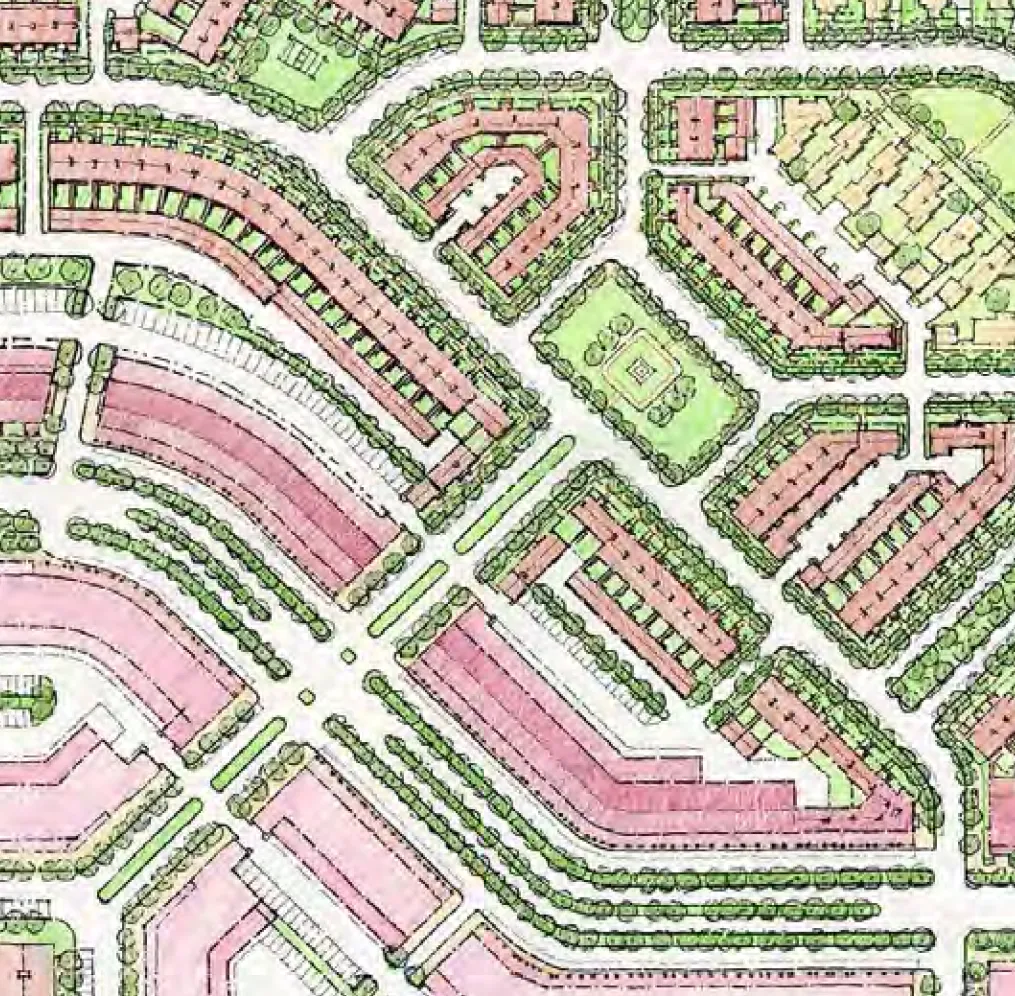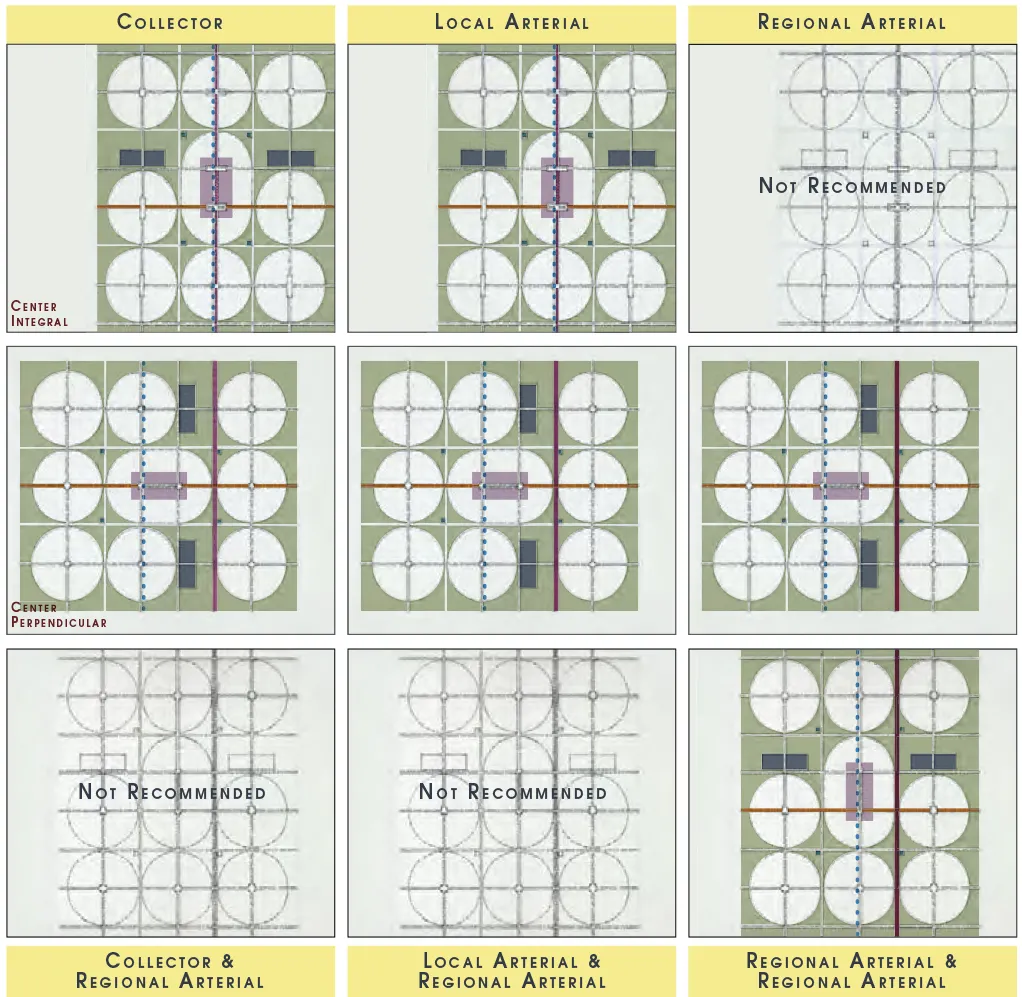Corridor
Corridors are linear networks of natural sheds (water, habitat, open space), transportation, and developed land. As established systems (ecology, use, economies, legacy and identity) they will be preserved or improved through good policy, protocol, and planning.
- SCALE: Transportation corridors (vehicle or transit) are regional and local, with intensity of use high-to-low.
- CONTEXT: Movement alignments have distinct ecologies, as located within urban, suburban, and exurban settings.
- BALANCE: Location and links of jobs and housing are impacted by the function and character of corridors.
- INTEGRATION: Walkable neighborhoods and centers may combine with movement armature to sustain smart growth.
- EVOLUTION: Land use organized on movement trajectories may be optimally planned for cycles of intensification or obsolescence.
Corridor
Corridors are linear networks of natural sheds (water, habitat, open space), transportation, and developed land. As established systems (ecology, use, economies, legacy and identity) they will be preserved or improved through good policy, protocol, and planning.
- SCALE: Transportation corridors (vehicle or transit) are regional and local, with intensity of use high-to-low.
- CONTEXT: Movement alignments have distinct ecologies, as located within urban, suburban, and exurban settings.
- BALANCE: Location and links of jobs and housing are impacted by the function and character of corridors.
- INTEGRATION: Walkable neighborhoods and centers may combine with movement armature to sustain smart growth.
- EVOLUTION: Land use organized on movement trajectories may be optimally planned for cycles of intensification or obsolescence.


